- Global Komaba
- English
- International Exchange・Intercultural Collaborative Learning
- Global Learning
- GO Events
- GO Field Trips
- Field Trip to Ise, Koyasan and Kumano
Field Trips to Ise, Koyasan and Kumano
The Globalization Office hosts a field trip to the Kii Peninsula as one of our international exchange activities. The trip includes visits to Ise Shrine in Mie Prefecture, one of Japan’s most famous and important shrines, the three shrines of Kumano, as well as Mt. Koya, considered a sacred place in Japanese Buddhism. Both Kumano and Mt. Koya are World Heritage sites. This field trip is a great chance to discover the roots of Japanese culture.Below are some pictures from last year’s Kii Peninsula trip.
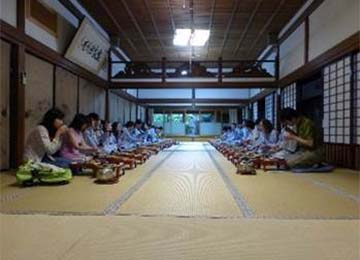
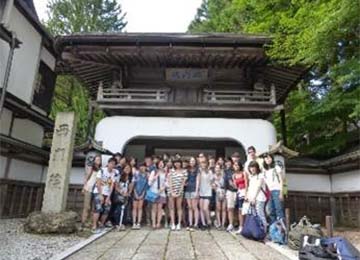
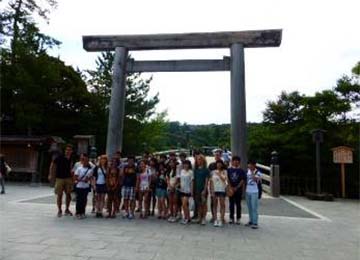
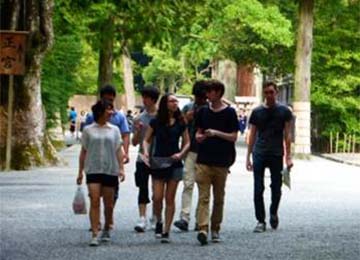
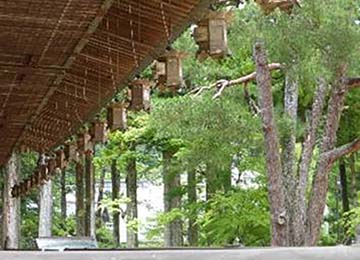
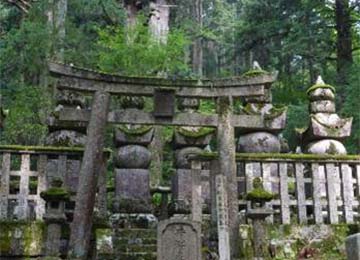
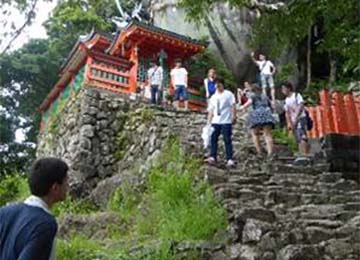
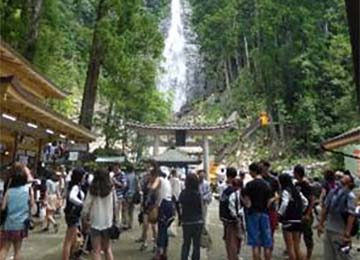
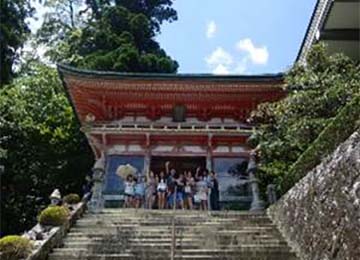
Essay on the Kii Peninsula Field Trip
Yuji Isaji
This field trip was a kind of pilgrimage to the sacred historical sites of local faiths back in the Heian era and before. People in those days believed in gods or Buddha or something that was related to their faith, considering the sacred sites we visited.
They are undoubtedly the physical evidences of their local faiths. It could then be asked why they were attracted to such religious thinking.
A stereotypical answer to this question could be made in terms of people’s relationship with the nature that they were living with: The historical sites we visited, such as Koyasan and Kumano, are cut deeply into the profound mountain areas, and there, people were more susceptible to the changes of nature. It could be inferred that people occasionally suffered from nature. At this point, people thought there was some supreme existences in charge of those unreasonable natural events, and they called them gods. People were, then, supposed to devote themselves to calming down the gods’ nerves in order to sooth the violent nature through their sincere worship. That would be the original type of their religious thinking. In other words, they created and were attracted to gods because they needed to understand the irrationality of the nature in the name of gods. I think that kind of view includes a very interesting point.
People nowadays are living in the ‘modern’ world, where people are secularized, and are supposed to think rationally. From their viewpoints, the religious thinking of people in the middle ages or before might look totally irrational and unscientific. In order to make the points clear, however, it must be emphasized that rationality and science are originally the two different things, though they are in most cases living together. In other words, people in the middle ages or before look totally unscientific from our present viewpoint, but on the other hand, it does not mean that they are irrational. For example, the Gotobiki rock, the spiritual body of the Kamikura shrine surely makes those who see it question where it came from. It is definitely unnatural to have such a huge rock on the top of the hill. People then think there must be the arts of gods behind it. In other words, the ideology of the arts of gods stands on the basis that people logically understand strict natural principles. That is to say, the religious mindset of the people in the middle ages or before might be a supplement to their logical understanding of the nature surrounding them, and in that sense, their religious mindset should be understood in the context of their rationality or their attempt to understand the outer world logically.
The pilgrimage to the Kii Peninsula was a very fascinating trip, and it helped us imagine what mindset people in those days had, and how they tried to understand logically the irrationality surrounding them.